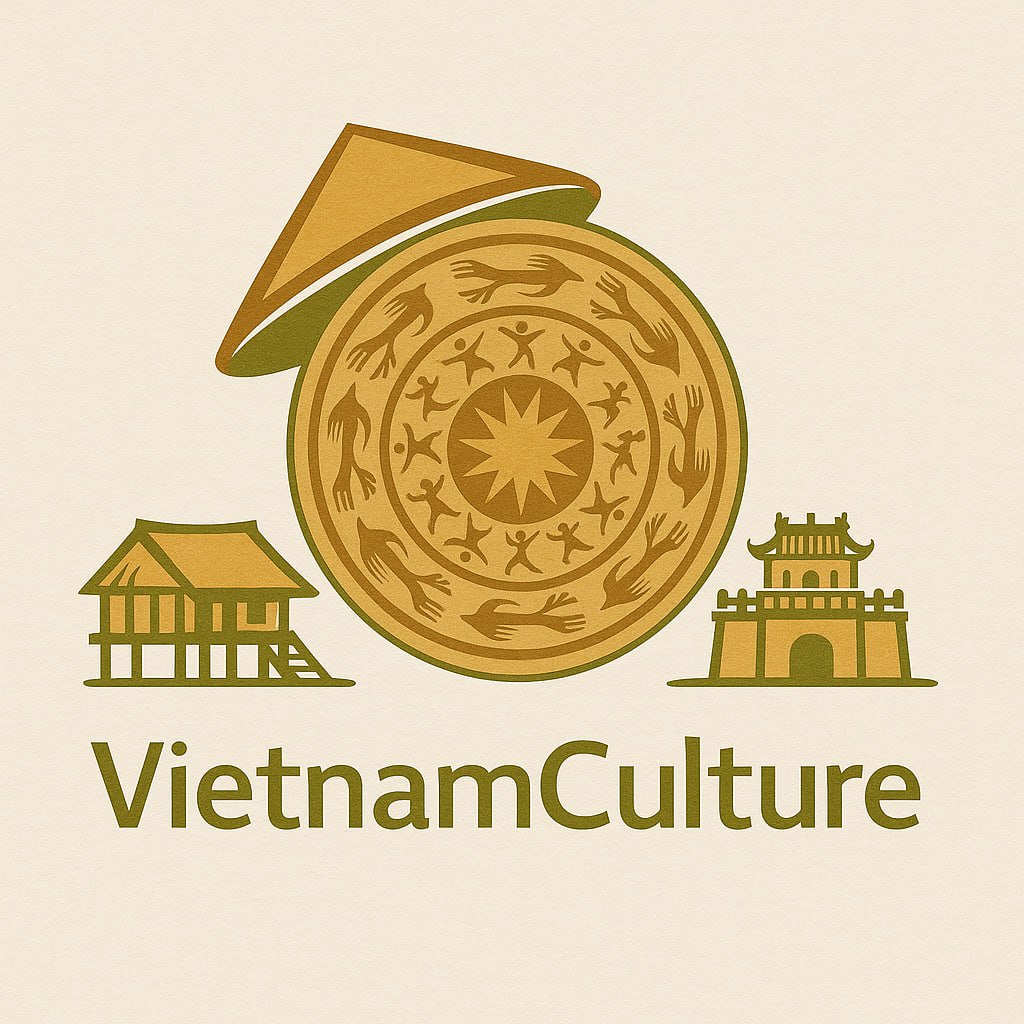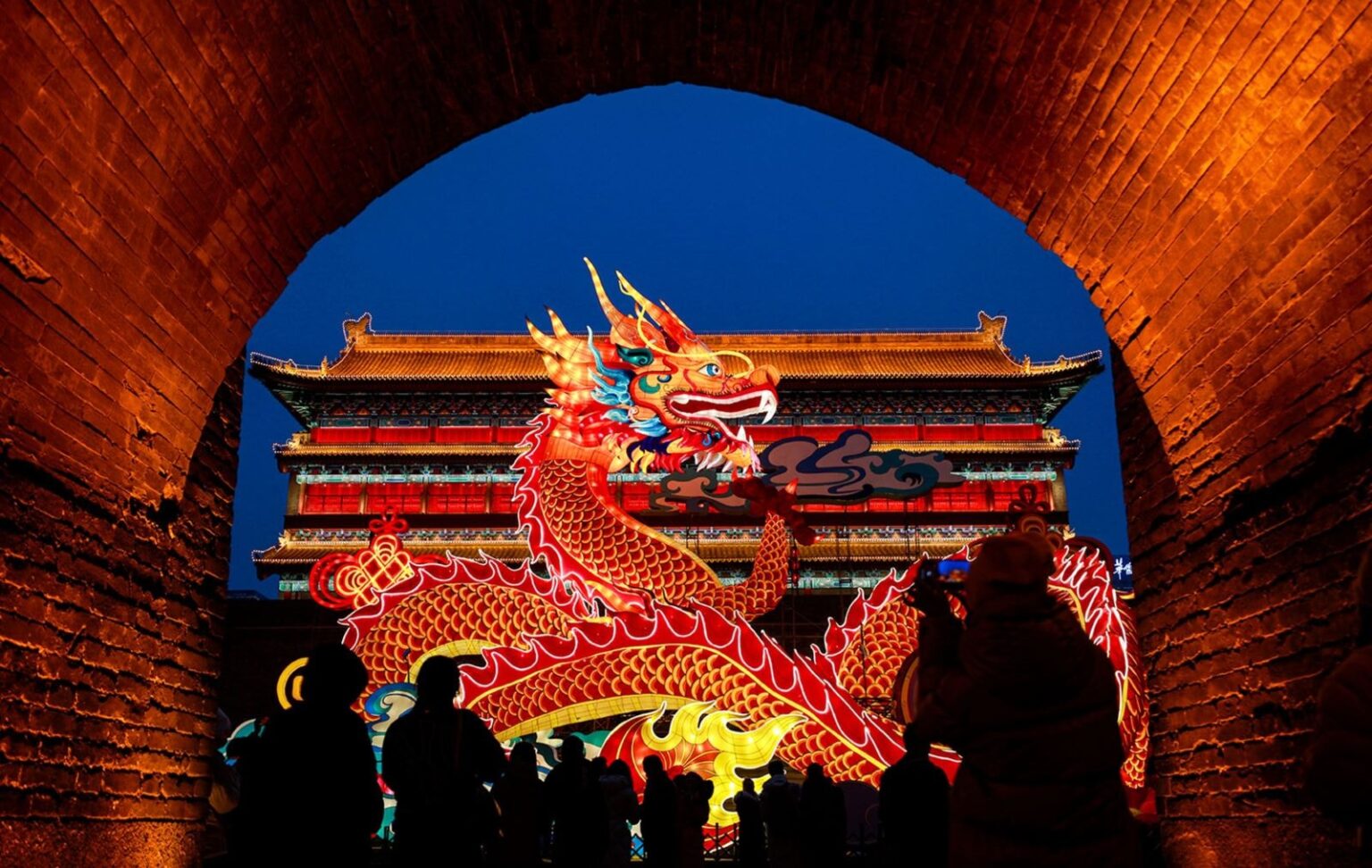Tết Nguyên Đán, or Vietnamese Lunar New Year, is the most significant and celebrated holiday in Vietnam. Marking the beginning of the lunar calendar year, it goes beyond being just a date—it’s a cultural phenomenon deeply rooted in Vietnam’s spiritual beliefs, family traditions, agricultural heritage, and national identity.
Every spring, the entire country transforms with festive colors, traditional food, spiritual rituals, and a spirit of renewal. Whether you’re a local Vietnamese or a curious traveler, understanding Tết Nguyên Đán means diving into the soul of Vietnam. In this in-depth article, we’ll explore the origin, meaning, customs, and modern evolution of Tết Nguyên Đán, offering a complete guide to this beautiful celebration.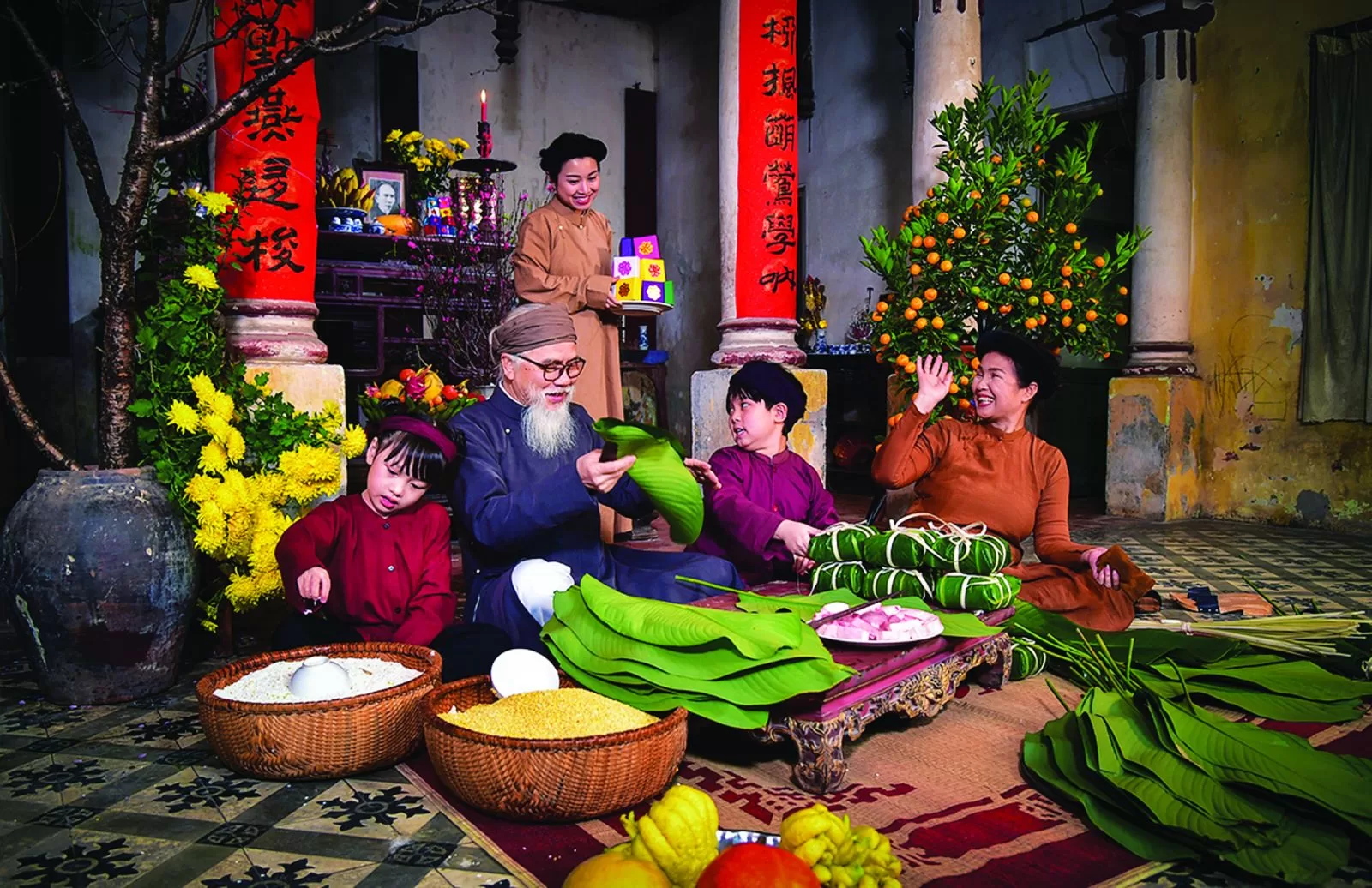
What Is Tết Nguyên Đán?
The term Tết Nguyên Đán is derived from the Sino-Vietnamese words “Tiết Nguyên Đán,” where:
- “Nguyên” means “the beginning”
- “Đán” means “morning”
- Together, they signify “the first morning of the new year”
Tết marks the start of the lunar calendar year and usually falls between late January and mid-February, depending on the lunar cycle. The festival officially lasts 7–8 days but preparations often begin weeks earlier.
Unlike Western New Year, which is largely a single-night celebration, Tết Nguyên Đán is a multi-day event filled with traditions, family reunions, and spiritual rituals.
The Origins of Tết Nguyên Đán
The exact origin of Tết Nguyên Đán is debated among historians. Some argue it originated from ancient Chinese customs during Vietnam’s long period under Chinese rule (111 BC – 939 AD). Others believe Tết has indigenous roots that predate Chinese influence.
Vietnamese Origin Myth:
A famous legend attributes the tradition to the time of the Hùng Kings, who ruled Vietnam over 2,000 years ago. The tale of Bánh chưng and Bánh dày—symbolizing Earth and Heaven—is tied to early Tet celebrations, emphasizing the festival’s deep agricultural and spiritual significance.
Regardless of origin, Tết Nguyên Đán has developed uniquely Vietnamese characteristics, distinguishing it from Chinese or other East Asian Lunar New Year traditions.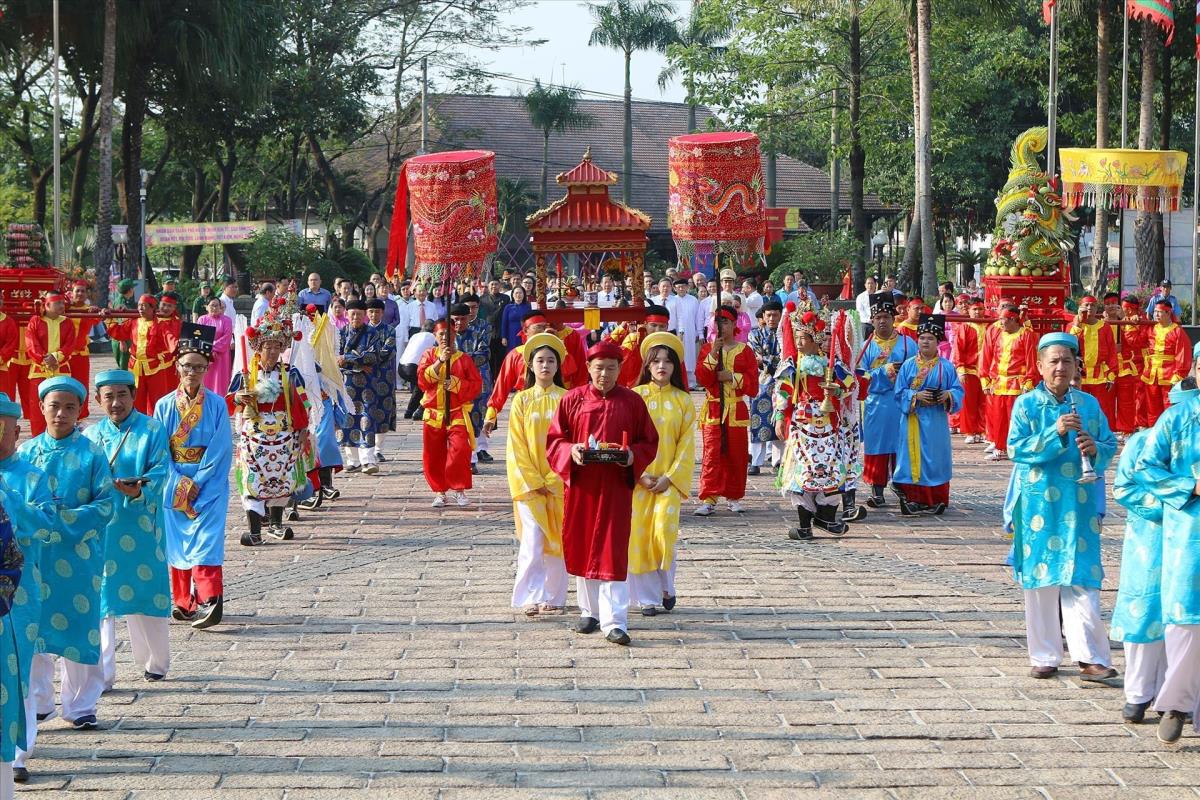
The Cultural Significance of Tết Nguyên Đán
Tết Nguyên Đán is more than a celebration—it embodies Vietnamese values, beliefs, and cultural identity.
1. Harmony Between Heaven, Earth, and Humanity
In Vietnamese agricultural society, the lunar new year marked the end of a harvest season and the beginning of a new one. Farmers relied on nature’s blessings, and Tết rituals are designed to express gratitude to gods and ancestors, while praying for favorable weather and bountiful crops.
2. Time for Spiritual Reflection and Ancestral Worship
Tết is when Vietnamese people return to their roots, literally and spiritually. They visit ancestral graves, clean and decorate altars, and offer food, incense, and prayers to deceased loved ones, believing that their spirits return home during Tết.
3. Celebration of Family and Community Bonds
Family is the core of Vietnamese culture, and Tết is the ultimate family reunion. It’s a time for forgiveness, gratitude, and showing respect to elders. It also strengthens community ties through festivals, temple visits, and neighborly exchanges.
4. Renewal and Optimism
Tết is about starting fresh. From settling debts and cleaning homes to wearing new clothes and speaking kind words, every action is meant to clear the past and open doors to a brighter future. It’s a spiritual and emotional reboot for individuals and society alike.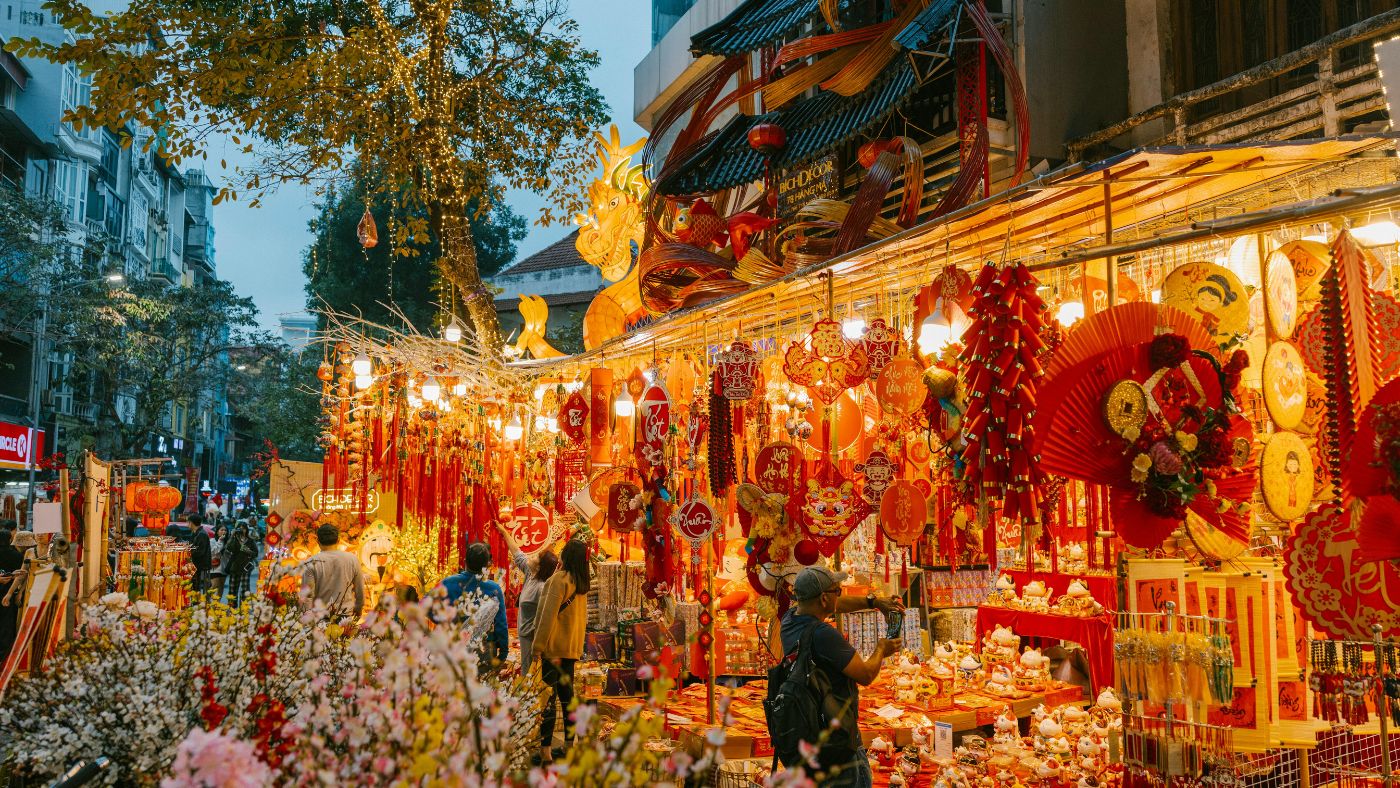
When Is Tết Nguyên Đán Celebrated?
Because it follows the lunar calendar, Tết changes dates each year but typically occurs between January 21 and February 19.
Key Dates of the Tết Season:
- 23rd of the 12th lunar month: Kitchen Gods Day (Ông Công, Ông Táo)—farewell ceremony to household gods
- Last week before New Year: Intense home cleaning, shopping, and cooking
- 30th of the lunar month: New Year’s Eve (Giao Thừa)—family meals, ancestral offerings, and fireworks
- 1st to 3rd day of the new year: Main celebration days, including family visits, lucky money (lì xì), and temple prayers
- 7th day of the new year: End of official Tet holidays
In rural areas, Tet can last up to two weeks, especially if farmers wait until the lunar calendar’s best date to resume work.
Traditional Customs of Tết Nguyên Đán
1. Worshiping Kitchen Gods (23rd Lunar December)
On this day, families hold a ceremony to send the Kitchen Gods to Heaven. They report to the Jade Emperor about the household’s behavior over the past year. A live carp is released into a river as a symbolic vehicle for the gods.
2. Cleaning and Decorating the Home
Vietnamese believe in sweeping away the old year—both physically and spiritually. Homes are cleaned from top to bottom, altars are refreshed, and doors are decorated with red banners, peach blossoms, kumquat trees, and calligraphy to invite luck and prosperity.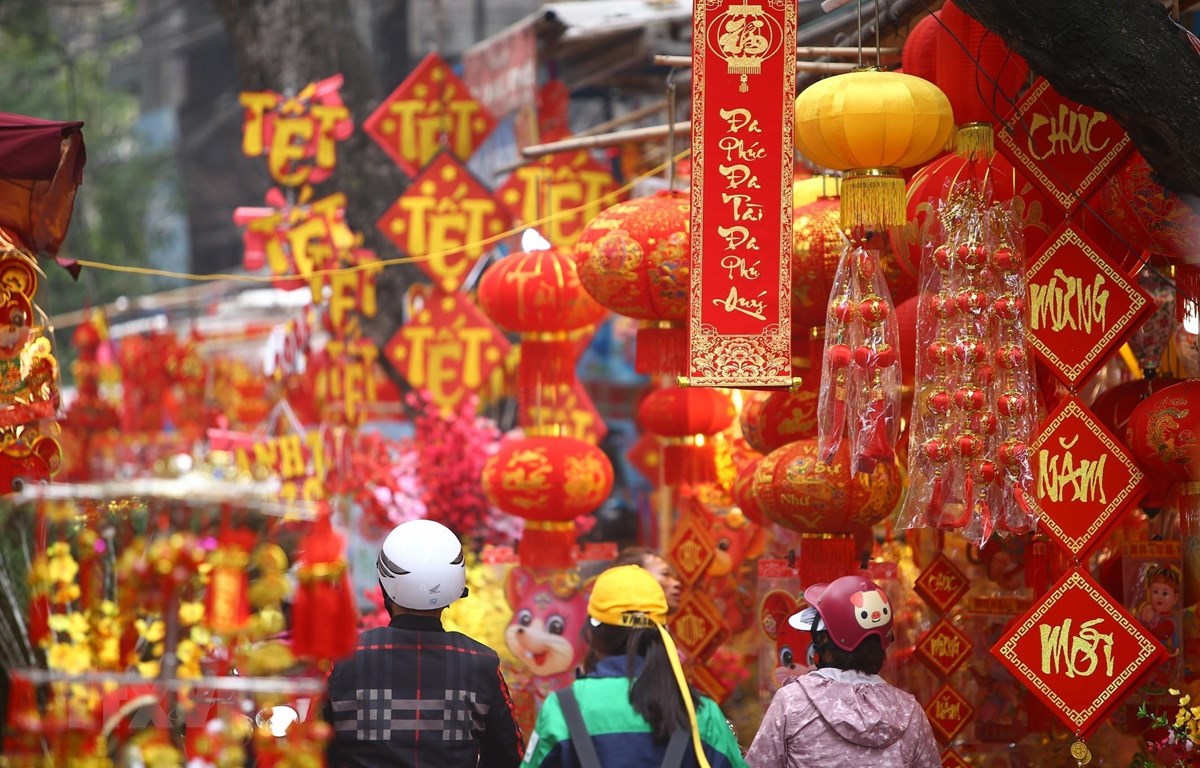
3. Preparing Traditional Tet Foods
Tết is incomplete without iconic Vietnamese dishes:
- Bánh chưng (Northern Vietnam): Square sticky rice cake filled with pork and mung beans
- Bánh tét (Southern Vietnam): Cylindrical version of Bánh chưng
- Pickled vegetables (dưa món, dưa hành)
- Thịt kho trứng (braised pork and eggs)
- Mứt Tết (candied fruits and seeds)
These foods represent wealth, unity, and the cyclical nature of life.
4. New Year’s Eve Rituals (Giao Thừa)
Families perform a midnight offering to honor Heaven and Earth. Afterward, they invite ancestral spirits to celebrate Tet with the living. It’s the most spiritual moment of the year, followed by fireworks and blessings.
5. First Visitor (Xông Đất)
The first person to enter a home in the new year is believed to influence the family’s fortune. Families carefully choose someone with a favorable zodiac sign and successful life to perform this role.
6. Lì Xì (Lucky Money)
Adults give red envelopes containing money to children and the elderly. It’s a symbol of good fortune, growth, and longevity, often accompanied by words of encouragement.
7. Visiting Relatives and Temples
The first three days of Tết are spent visiting:
- Day 1: Paternal relatives
- Day 2: Maternal relatives
- Day 3: Teachers, friends, neighbors
People also visit pagodas to pray for peace, health, and prosperity.
Tết Nguyên Đán in Modern Vietnam
As Vietnam becomes increasingly globalized, Tết Nguyên Đán has evolved in both form and function.
What Has Changed:
- Urban families may travel during Tet, replacing traditional home gatherings with holidays.
- E-cards and digital red envelopes are becoming more common.
- Tet markets and shopping malls offer modern entertainment alongside traditional wares.
- Online services for Tet offerings and home cleaning have made preparations more convenient.
What Remains:
- The core values of Tết—family, remembrance, renewal—remain sacred.
- Traditional foods, flowers, and rituals are preserved.
- Communities still gather for public performances, fireworks, and folk games.
Even with modernization, Tết Nguyên Đán continues to be a touchstone of national identity and cultural pride.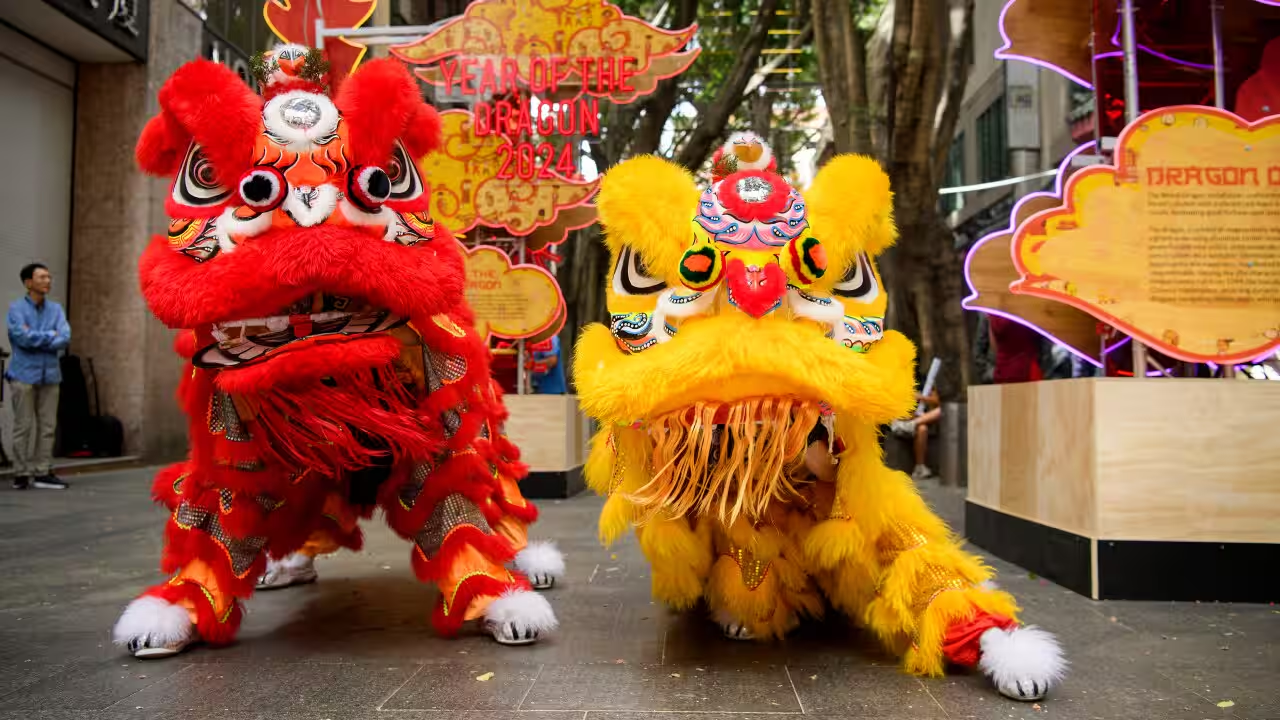
How Tourists Can Experience Tết Nguyên Đán in Vietnam
If you’re planning to visit Vietnam during Tết, here are some tips to enjoy it like a local:
What to Do:
- Visit local Tet markets in Hanoi (Old Quarter) or Ho Chi Minh City (Bến Thành, District 5)
- Watch fireworks on New Year’s Eve at major city centers
- Try traditional Tet dishes at homestays or restaurants
- Participate in local festivals and folk games
- Learn about calligraphy and get your own lucky word for the year
What to Know:
- Many businesses close for a few days
- Public transport may be crowded before and after Tet
- Be respectful of customs involving ancestral worship and altars
Experiencing Tet gives you a deeper understanding of Vietnamese culture that few guidebooks can offer.
Tết Nguyên Đán – More Than Just a New Year
Tết Nguyên Đán is not just a New Year—it’s a spiritual journey, a family tradition, and a celebration of life and renewal with VietnamTour.
With its rich history, profound symbolism, and vibrant customs, Tết reflects the best of what it means to be Vietnamese. It connects generations, honors the past, embraces the present, and welcomes the future with optimism and grace. Whether you’re a Vietnamese reconnecting with your roots or a traveler exploring Vietnam for the first time, Tết Nguyên Đán is a cultural treasure you’ll never forget.
See more post: Vietnamese Cuisine: A delicious journey through culture, tradition, and flavor
